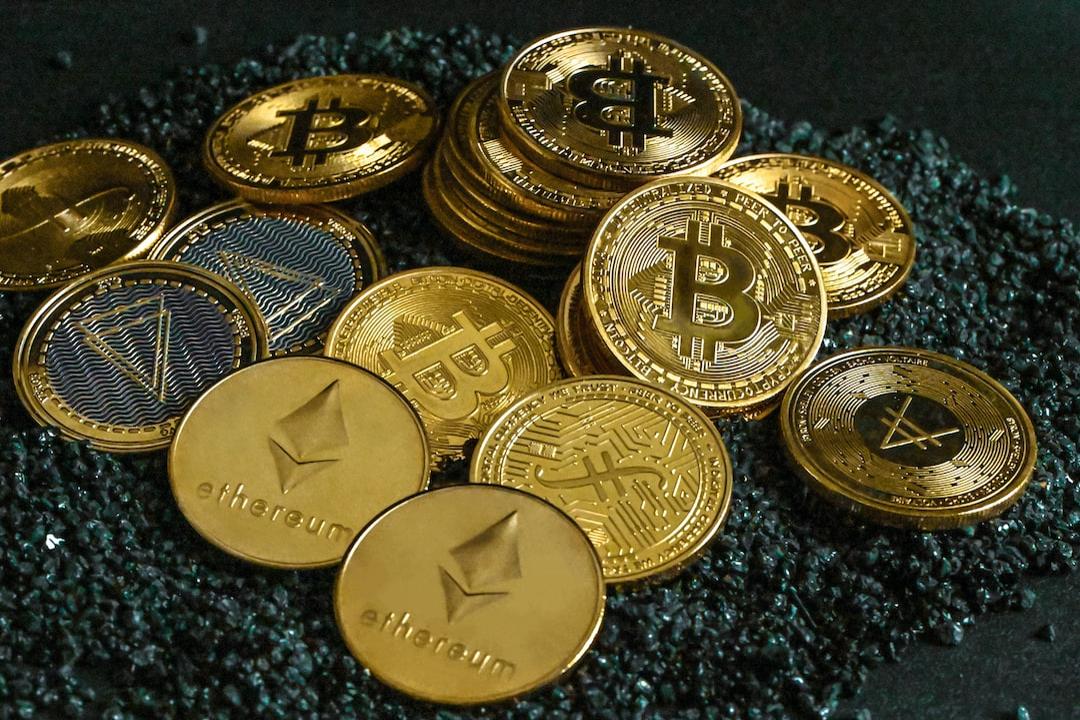Bitfinex analysts from the cryptocurrency exchange stated that after the halving of Bitcoin, the market demand has reached five times the supply, coupled with investors withdrawing Bitcoin from exchanges to their own wallets and miners slowing down sales, which is good news for the price.
Bitcoin demand is five times the supply
According to a report by Bitfinex analysts, the halving of rewards means that the total number of Bitcoin added to the supply daily, with a nominal value of up to $30 million (including the supply of active and dormant addresses as well as miner sales), is only one-fifth of the average daily demand for Bitcoin spot ETFs in the United States.
Analysts further explained that although the net inflow of funds into Bitcoin spot ETFs has slowed down in recent weeks, and there have even been occasional net outflows, the daily net inflow volume still exceeds $150 million, far exceeding the daily supply of $30 million.
Investors’ direct custody and miners’ sales weaken the supply side of the market
Furthermore, Bitfinex analysts also mentioned that current on-chain data indicates that the outflow of Bitcoin from exchanges has reached its highest level since 2023, indicating that many investors predict that Bitcoin will continue to rise in the future and transfer their holdings to cold storage devices.
On the other hand, miners’ sales may also slow down because miners or organizations responsible for mining Bitcoin have sold most of their inventory in the months leading up to the halving, reducing the amount of BTC held by miners to a new low since early 2021. Data shows that in the six months before the halving, the amount of Bitcoin held by miner-related wallets decreased by more than 18,000.
In summary, investors withdrawing Bitcoin from exchanges to their own wallets, combined with miners selling most of their inventory before the halving, both behaviors will further reduce the supply of Bitcoin in the market, which is good news for price increases.
Bitfinex provided an analysis chart, showing that the price of Bitcoin has risen significantly after previous halvings. For example:
After the halving in 2020, the price of Bitcoin increased nearly sevenfold over the next year.
Previous halvings in 2016 and 2012 also led to significant price increases.
The most recent halving occurred after a year of price increases, and Bitcoin reached a peak of $73,666.
Related Reports
Swiss proposal to include Bitcoin in national reserves, previously suggested central bank buys 1 billion francs worth of BTC per month.
Why did the IMF reverse its stance and recognize Bitcoin as an internationally important financial tool?
A retrospective of the fourth halving of Bitcoin: How strong was Chinese miner Wu Jihan, the mining overlord, back then!


